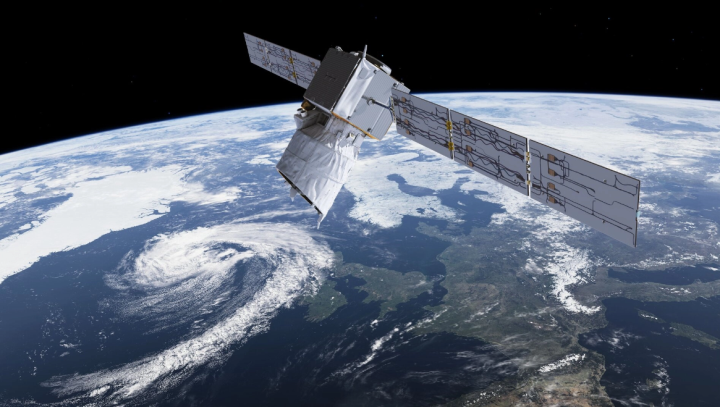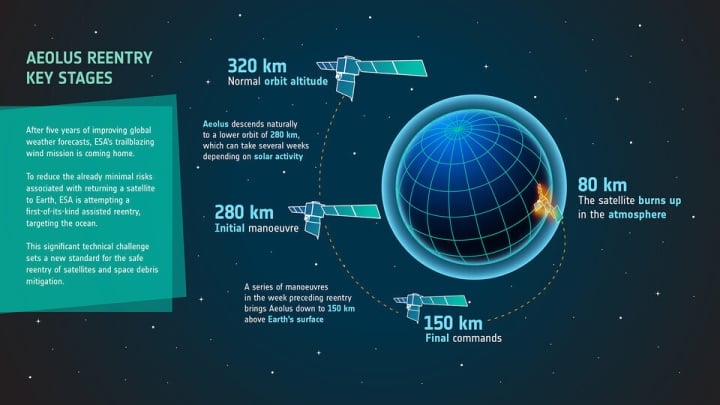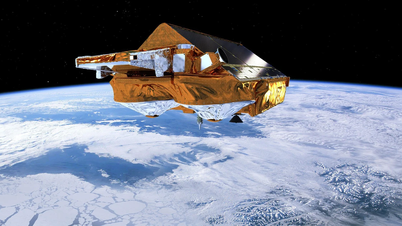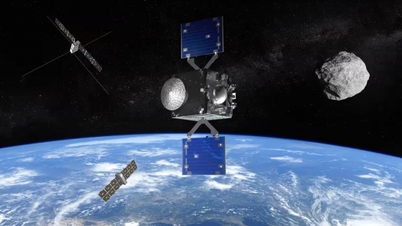Space newspaper quoted the announcement of the European Space Agency (ESA) saying that the ESA-built Earth observation satellite ADM-Aeolus is about to fall back to Earth after 5 years of operation in orbit tonight, July 28 (local time). The Aeolus satellite will stop operating in April 2023.
The Aeolus satellite is 1.9 meters long, 1.74 meters wide, 2 meters high, and weighs about 1.2 tons. Aeolus has been in operation since 2018, as the first satellite capable of measuring winds on our planet from space.

The Aeolus satellite when it was still operating in orbit at an altitude of 320 km. (Photo: ESA)
Aeolus' mission lasted much longer than the originally planned one year. As a result, the satellite almost ran out of fuel and fell to Earth at an increasing speed.
ESA is attempting to steer Aeolus back safely using the little fuel it has left on board. The process begins with a series of remote maneuvers that will lower the satellite from 280 km to 250 km and put it into an elliptical orbit.
If all goes according to plan, ESA will set Aeolus to crash into the Atlantic Ocean.
According to ESA, the risk of Aeolus colliding with other spacecraft during navigation is very low. Even if it does happen, it is unlikely to pose a threat, as the area where the satellite will land is largely unpopulated.

The ESA's planned trajectory is to steer Aeolus into the Atlantic Ocean.
“Before any maneuver, we take into account the scenarios and risks combined with the assessments at that time,” said Isabel Rojo Escude-Cofiner, ESA’s director of spacecraft launch programs.
Of course, just because the satellite landed safely doesn’t mean it will survive. ESA scientists predict that about 80% of Aeolus’s mass will burn up upon entering Earth’s atmosphere. The remaining 20% will splash down into the Atlantic Ocean and quickly sink to the bottom.
Tra Khanh (Source: Space)
Useful
Emotion
Creative
Unique
Wrath
Source





































































































Comment (0)